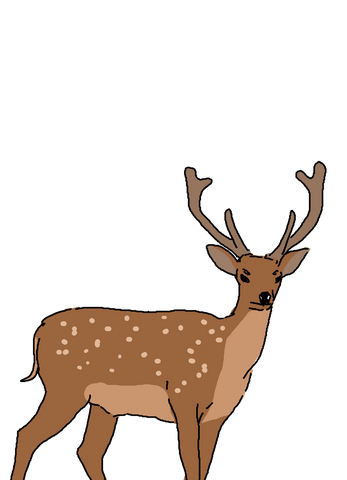CityWise
CityWise is a game that takes place in Santa Cruz. It tries to give the player a sense of the potential social and environmental impact of city policies and projects by showing them the impact of different options for civil development. In Arts of Living on a Damaged Planet, Gan et al write that “Big stories take their form from seemingly minor contingencies...Landscapes show us”(g5). I want to explore this same theme, that often small changes to landscapes have a massive effect in the world, and that big stories affect their landscapes.
The game has three different locations around town where the player can visit. The player can see them in any order, and each is focused on a different set of issues. The downtown area centers around urbanism and economic issues, presenting the player with options around cars in the downtown area and walkability. The forest area is about the interaction between humans and nature, focusing on a section of forest and looking at the potential options for development in that area. Last but not least, the river area focuses on race and social justice, presenting the player with choices that affect social mobility and distribution of wealth. Despite the focus of each area, however, there is an emphasis on intersectionality, as every zone has an effect on every factor, from the environment to housing to jobs.
At each area, the player is first greeted by the occupants of that area (human and animal). These characters explain their lives and concerns to the player. Next, the player is presented with a few different options of what could be created there. The options might include a freeway interchange, a new bridge, an expansion of the national forest land, or even a train station. Each proposal will be in conflict with at least one resident of the area, and each one will affect the climate of the local area in some way. These options are explained by the game and each one is ‘sold’ to the player so they can understand the benefits of different approaches.
For example, in the forest area, players have options that shadow real-world situations. We read an article in class a few weeks ago about the very real efforts of Santa Cruz to prepare for wildfires: “It’s a tricky proposition, with a number of possible solutions to pursue”(Penner, ‘Two Years After CZU: Rethinking Wildfire Prevention’). The article explains different ways that we might try to combat the fires and some of the pros and cons of the different approaches. One of the points the article makes is that individual action is often not enough, and we have to come together as a community and make decisions about our environment together.
They must make a choice, and after the plan is put in place, the player is revisited by the characters they spoke to before, each reflecting on the choice the player made. After visiting all locations and making their choices, the player is presented with an ending scene that details the more long-term effects of their decisions.
The overall takeaway from the game should be that city planning needs to be a big part of our climate response, and that there are a variety of options that can have large impacts on the environment. I also hope that this game can help illustrate the different ways that infrastructure and civil planning has an outsized impact on social justice and discrimination.
| Status | In development |
| Platforms | HTML5 |
| Author | Aidan Bacon |
| Genre | Visual Novel |
| Made with | Twine |
| Tags | Twine |

Comments
Log in with itch.io to leave a comment.
its good